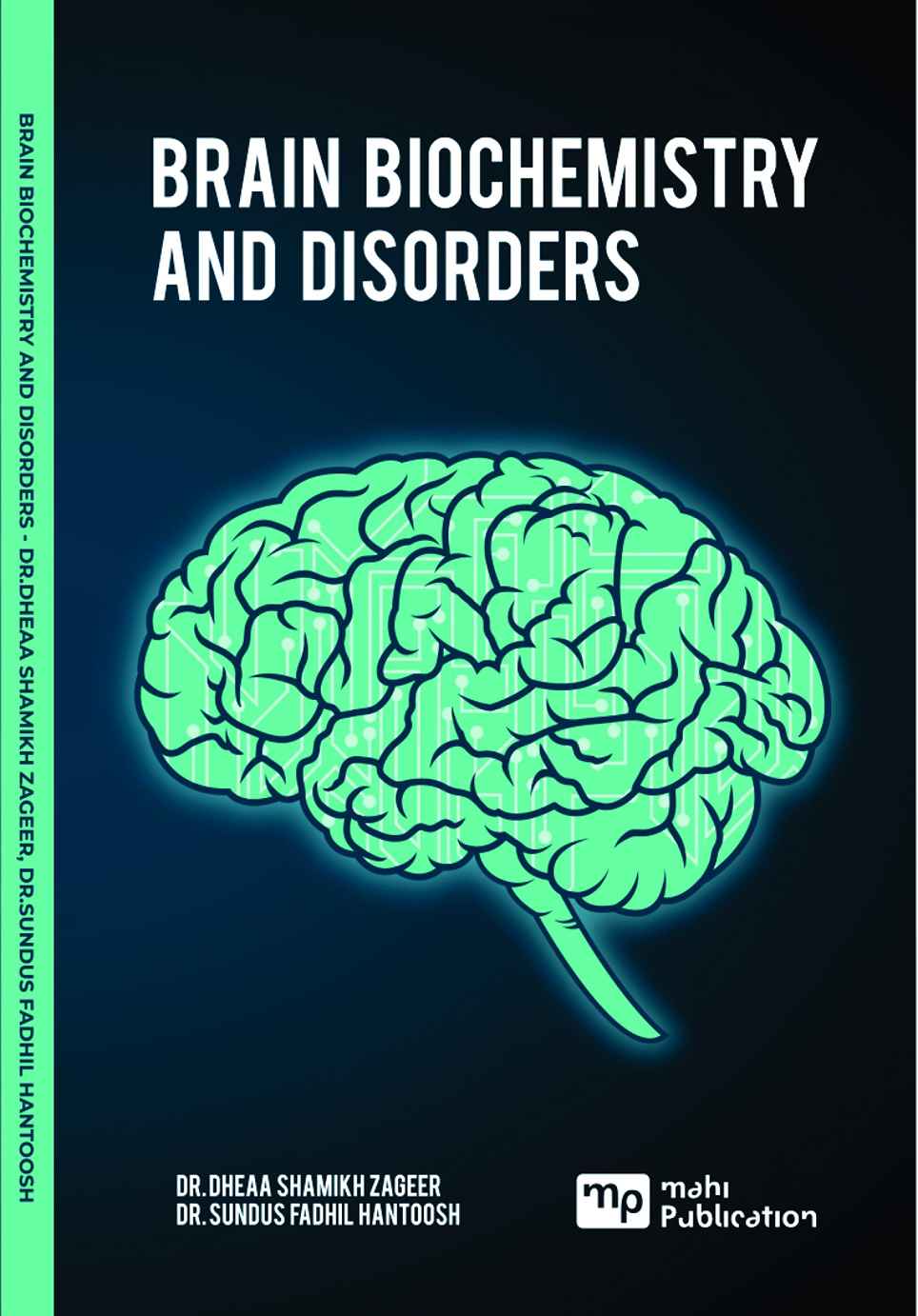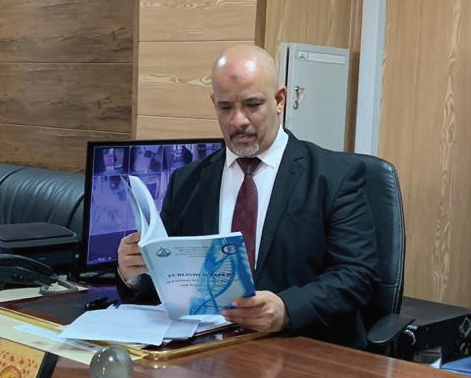Brain Biochemistry And Disorders
Authors:
Dr.Dheaa Shamikh Zageer,
Dr.Sundus Fadhil Hantoosh,
Format: Paperback | Genre : Medical Science | Other Book Detail
Format: Paperback | Genre : Medical Science | Other Book Detail
The neural developmental processes can be summarized by that the neural tissue,
including the brain and spinal cord, arises from the ectodermal layer, which becomes
identified in the embryonic disk during the second week after fertilization. The
ectodermal tissue soon thickens to form the symmetrical neural plate, which is the
forerunner of the brain and the spinal cord. By day 18 [Carnegie stage (CS) 8], a groove
appears in the midline of the embryonic disk, which becomes deeper and longer due to
the development of the bilateral neural folds along the lateral ends of the neural groove.
By around day 20 [Carnegie stage (CS) 9], the primordia of the three primary brain
vesicles (the forebrain of prosencephalon, the midbrain or mesencephalon and the
rhombencephalon) are discernible as thickenings in the neural plate. The bilateral neural
folds begin to fuse with each other at about 22 days [Carnegie stage (CS) 10]. This fusion
initiates at the level of the future cervical region and extends to both cranial and caudal
directions, to form a neural tube. The mode of fusion of neural folds is not the same in
different species, and at least two initiation sites are recognized in human embryos. The
openings at the rostral and caudal ends of the neural tube, i.e. the anterior and posterior
neuropores, close at 24 days [Carnegie stage (CS) 11] and 28 days [Carnegie stage (CS)
12], respectively, and complete the formation of the neural tube. If the closure of the
neuropores are disturbed, various forms of neural tube defects (NTD) can occur. Neural
tube formation described above, which is accomplished by the fusion of neural folds, is
called primary neurulation. On the other hand, the caudal end of the spinal cord is formed
in a quite different fashion caudally to the posterior neuropore.
Book Also Available On
Share:





